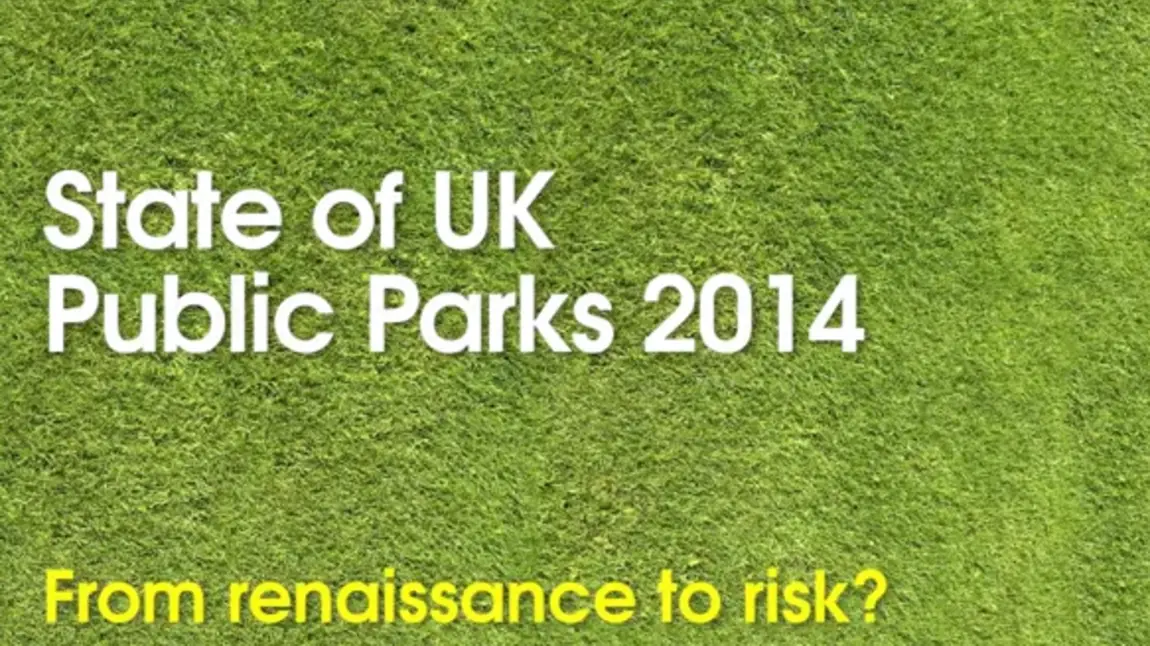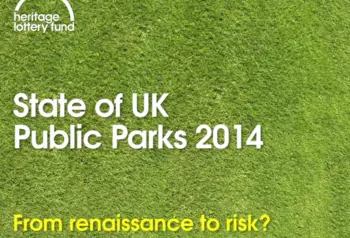UK Parks at risk

The UK has some of the world’s greatest public parks, visited by 34 million people each year. Despite investing £700m in parks since 1996, HLF’s study, The State of the UK Public Parks, has found that thousands of parks and green spaces may now be at risk.
Local authorities own and manage most public parks and they are facing immense challenges. 86% of park managers have reported cuts to their budgets. The study recommends that there should be a renewed commitment to parks, with new partnerships and a greater involvement from local communities.
Parks are becoming increasingly popular – 83% of households with children under the age of five will visit their local park at least once a month. Despite over 1,100 parks being awarded the Green Flag, some local authorities are considering selling their parks and green spaces. This being blamed on the loss of skilled management staff and budget cuts.
“Parks and open spaces have been an easy hit for council savings,” says one park manager. “The provision and maintenance of open space is not a statutory requirement.”
[quote]“The provision and maintenance of open space is not a statutory requirement.” [/quote]
Parks are central to family life, offering numerous socio-economic and cultural opportunities. Even a short walk through a park is considered beneficial to your wellbeing. The report highlights the positive effects that parks and green spaces have on people’s lives, revealing that those who live in greener urban areas experience lower levels of mental stress.
Parks are also biodiversity hotspots. London’s Queen Elizabeth Olympic Park was not just a space for the 2012 Olympic Games but it is also an ecologically rich environment that encourages plant and animal species. Parks are quite literally the lungs of the city, improving air quality, collecting clean water and reducing the impact of climate change.
A park manager said: “Open space provides habitats and green corridors for safe species movement”
The study is intended to inspire all those who use, own and care about parks. It recommends that the Government, local authorities, businesses, the voluntary sector, academic institutions and the public to take urgent action.
Find out more about the threat to our public parks, and read the full study below.
